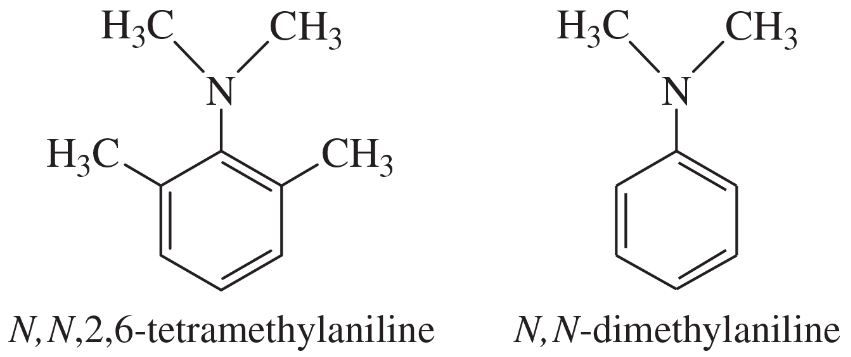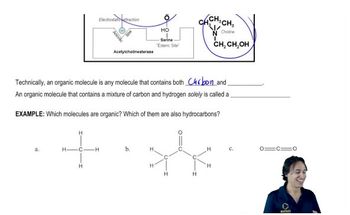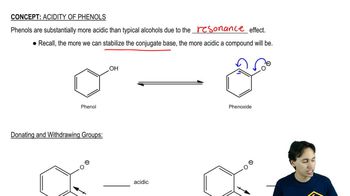Show how you would convert alanine to the following derivatives. Show the structure of the product in each case.
(c) N-benzyloxycarbonyl alanine
(d) tert-butyloxycarbonyl alanine

 Verified step by step guidance
Verified step by step guidance Verified video answer for a similar problem:
Verified video answer for a similar problem:

